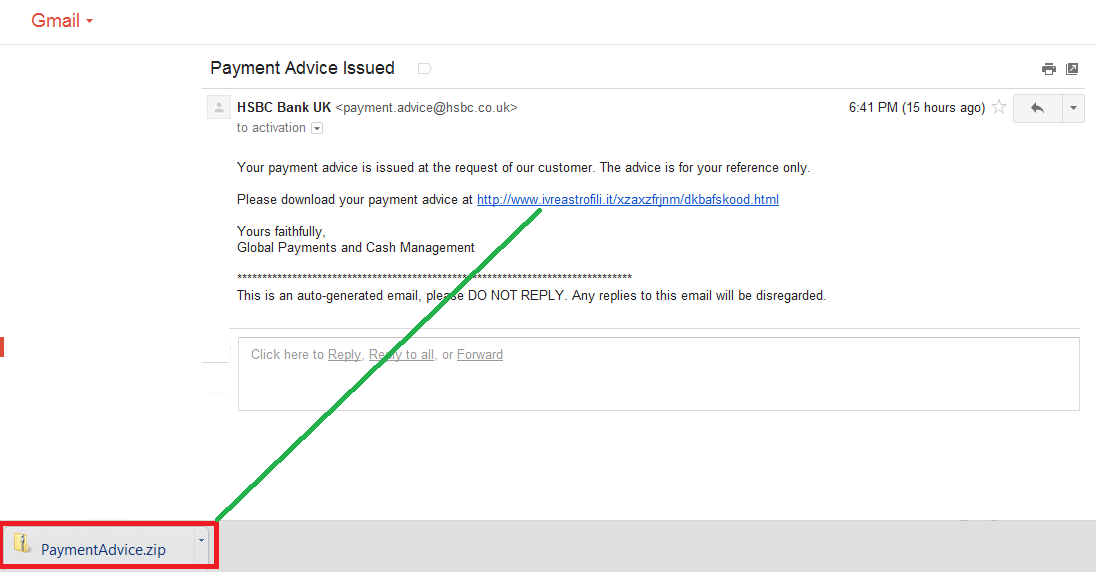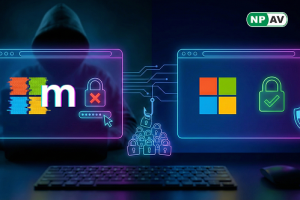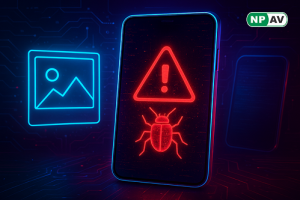Basic rules to protect yourself from phishing scams

As internet usage has grown, phishing scams have exploded.
Here are some of the phishing scam messages we’ve come across include notification pending, order confirmation, phony insurance cards, tech support, your computer is infected, friend/link request, shared login screens, shared documents, breaking news, scans, someone who cares has sent you a greeting card, you sent a payment, air fare sale, your bill is now available, software update, parcel delivery problem, I liked your profile … here’s mine, erotic photo, job offer, your e-mail account will be terminated, credit card overdue, downloader, self-extracting archive, fun content and many more.
If you open such types of emails or email attachment or click on a link, you will unsuspectingly download malware and hand over control of your computer to a hacker.
Here are a few basic rules to keep you safe from phishing scams -
Ignore pop-ups :
A common phishing scam still doing the rounds after all these years is the pop-up window. Like, Congratulation, you win the prize..!, Click on the said link and you’ll end up with a plague of adware on your computer, applications that take over your computer or some type of malicious software.

Don’t click on links or attachments from unknown sources :
Many people getting the spam emails with links or attachment. The emails are often very professional in their design, or pretending to be from of well known organization. Most of the times from banking domains and they ask you to click on a link to verify your information, reset your password, your order details or login to view anything. Don’t. You never know what sort of malicious code you’ll be introducing onto your computer. If you want to check whether it is a phishing attempt compare it to know emails from your bank and see the difference in email ids.
Don’t share your email password :
Some websites with a social network flavour ask you to invite your friends to join by entering your email address and password.
This may be a phishing scam. your password may be stolen. You should never do it. Your email address and password is yours – if
you put them both into a website you’re simply putting them out there for every electronic snooper and digital deviant to scoop up
and misuse.

Don’t give out personal details :
This is such an obvious phishing scam but worth repeating over and over again. Legitimate websites and organisations are not
going to randomly ask for information such as passport number and insurance numbers. In short, you should be extremely careful
about handing over personal information. Sometimes you get a fake call which asking your personal details. Beware and dont's
share your personal data.
Is the secure website, you are visiting ? :
Before submitting your important data like your bank details or other sensitive information, Check the web address in the address
bar. If the website you are visiting is on a secure server it should start with “https://” (“s” for security) rather than the usual “http://”. Also look for a lock icon on the browser’s status bar. You can check the level of encryption, expressed in bits, by hovering over the icon with your cursor.
Keep your computer secure :
This is the first thing you should do, that is use our antivirus software i.e. Net protector Antivirus to protect your pc from Viruses. Some phishing emails or spam may contain software that can record information on your internet activities or open a ‘backdoor’ to allow hackers access to your computer. Net Protector will detect and disable malicious software, while spam detection will stop phishing emails from reaching you. It is also important to install a firewall. This will help keep the information on your computer secure while blocking communication from unwanted sources. Make sure you keep up to date.







